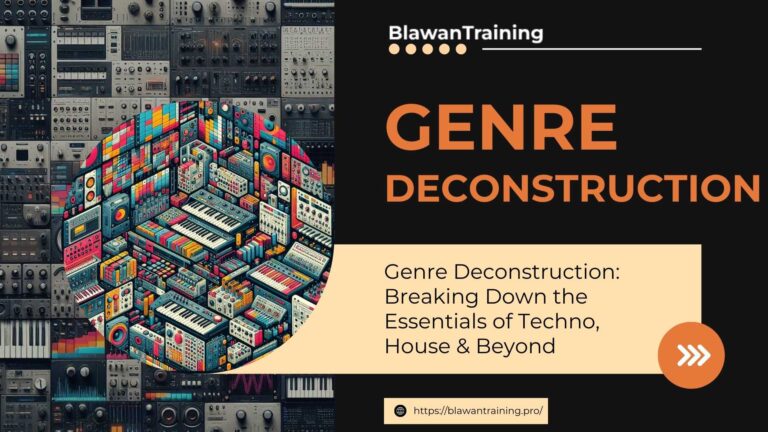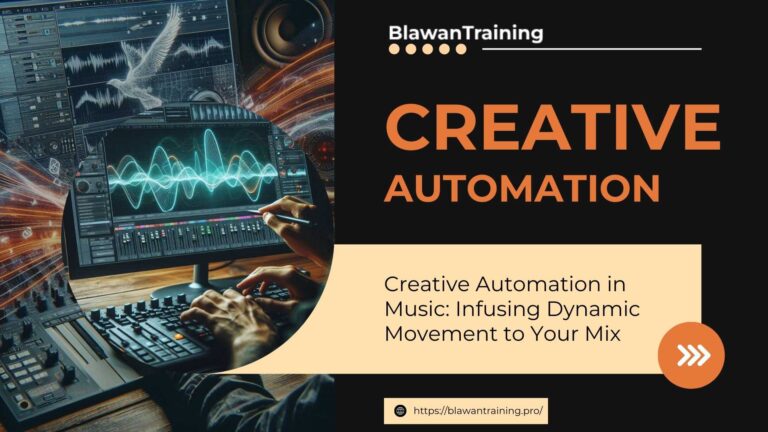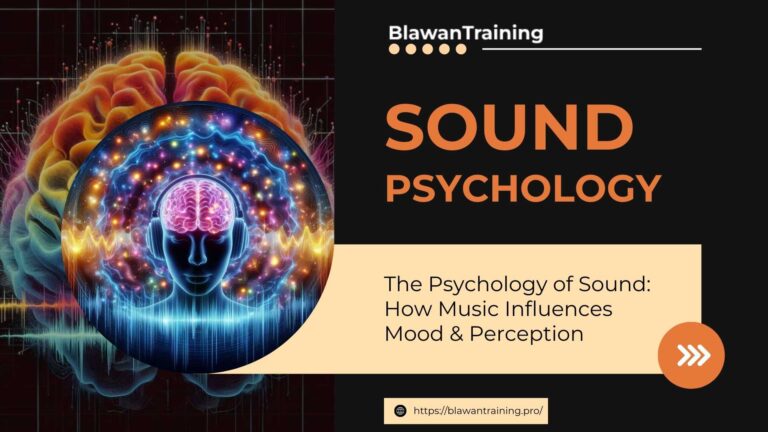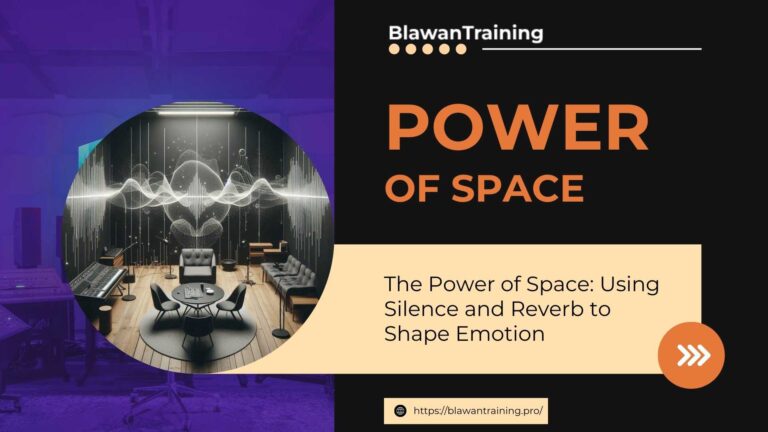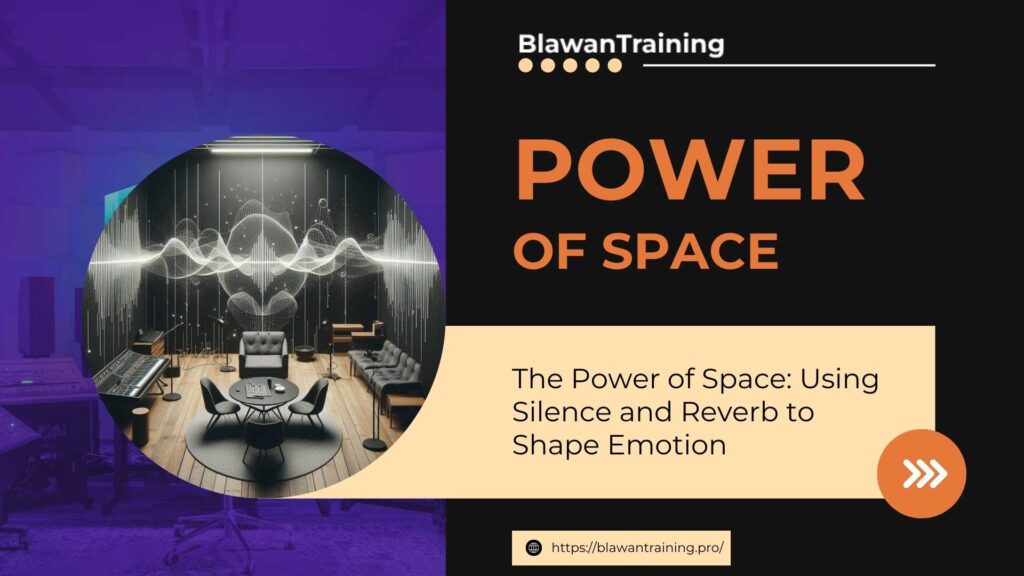
Silence and Reverb
Introduction: Using Silence and Reverb
In music production, it’s not just the notes that matter, it’s the space between them. Silence and Reverb are two of the most powerful yet often overlooked tools in a producer’s arsenal. When used with intention, they can dramatically enhance a track’s emotional impact, guiding the listener’s experience with nuance and depth. Whether you’re crafting ambient soundscapes or producing tight electronic beats, understanding how to use Silence and Reverb effectively can elevate your music from average to unforgettable.
Why Space(Silence and Reverb) Matters in Music
The Psychology Behind Silence
Silence isn’t merely the absence of sound, it’s a musical element that can speak volumes. When used wisely, silence builds anticipation, signals transitions, and offers contrast to dense musical sections. It’s a dynamic pause that lets a moment breathe and draws attention to what comes next.
Reverb as an Emotional Tool
Reverb creates the illusion of space and environment, placing your sounds in virtual rooms, halls, or cathedrals. It helps convey mood. Short, tight reverbs can make tracks feel close and intimate, while long, lush tails evoke a sense of grandeur, loneliness, or mystery.
Techniques for Using Silence in Your Music
Creating Tension with Silence
One of the simplest yet most effective techniques is muting certain elements before a drop or chorus. This break in rhythm creates tension and gives the return of sound greater emotional weight. Silence can also be used mid-phrase to surprise the listener, resetting their focus.
Arrangement Tips for Strategic Silence
- Pause for Impact: Use a silent bar before a major transition or drop.
- Layered Muting: Mute only certain tracks (e.g., drums or vocals) while keeping others active to shift focus.
- Rest Beats: Add half-beats or full-beat rests in rhythmic patterns to create syncopation and groove.
Mastering Reverb for Emotional Depth
Choosing the Right Reverb Type
- Room Reverb: Ideal for subtle space, making instruments feel “natural.”
- Hall Reverb: Perfect for lush, dramatic environments like ballads or cinematic tracks.
- Plate Reverb: Great for vocals, adding warmth without muddying the mix.
- Spring Reverb: Common in guitar and retro mixes, offering a vintage vibe.
Setting the Parameters
- Pre-Delay: Adds a slight pause before the reverb kicks in, great for keeping vocals clear.
- Decay Time: Controls how long the reverb tail lasts. Longer for ambient, shorter for pop/electronic.
- Wet/Dry Mix: Adjust the level of processed (wet) versus original (dry) signal.
Automating Reverb for Expression
Use automation to increase reverb on specific words or notes, especially in breakdowns or emotional peaks. This adds movement and dimension, keeping the track from feeling static.
Combining Silence and Reverb for Maximum Impact
Echoes in the Void
A powerful combination is to use a reverb-heavy sound, like a snare or vocal phrase, followed by silence. The reverb tail continues ringing in the empty space, creating a haunting or dramatic effect that captures the listener’s attention.
Space as a Composition Element
Think of silence and reverb not as effects, but as instruments. You can “play” silence by designing rhythm patterns with intentional gaps. Likewise, you can “play” reverb by sending only select phrases or sounds to an effects bus, treating it like a harmonic layer.
Common Mistakes to Avoid while using Silence and Reverb
Overusing Reverb
Too much reverb can muddy a mix and drown out clarity. Always EQ your reverb return, cutting low frequencies helps prevent it from clashing with the bass or kick.
Neglecting Silence
Many producers fill every second of their track with sound. This constant activity can exhaust the listener. Introducing moments of silence or minimalism creates contrast and keeps the arrangement engaging.
Sound Design Tips Using Silence and Reverb
- Use reverse reverb on vocals to create ghostly build-ups.
- Sidechain your reverb to keep it from clashing with main elements.
- Apply gated reverb on drums for that punchy ’80s sound.
- Try granular reverb plugins for experimental, evolving tails.
- Design ambient intros with long reverb tails and filtered silence to set tone and mood.
Conclusion: Silence and Reverb
Silence and Reverb are not just mix tools, they’re emotional storytellers. When used thoughtfully, they help craft moments of suspense, intimacy, space, and reflection within your music. Mastering these elements means mastering your listener’s emotional journey.
At BlawanTraining, we specialize in teaching producers how to use subtle yet powerful techniques like Silence and Reverb to bring their tracks to life. Whether you’re working in ambient, techno, pop, or film scoring, our expert tutors help you unlock the full emotional potential of your sound.
Ready to shape space like a pro?
Explore our sound design and mixing courses today and start creating music that moves people both physically and emotionally.
Start your journey at BlawanTraining

